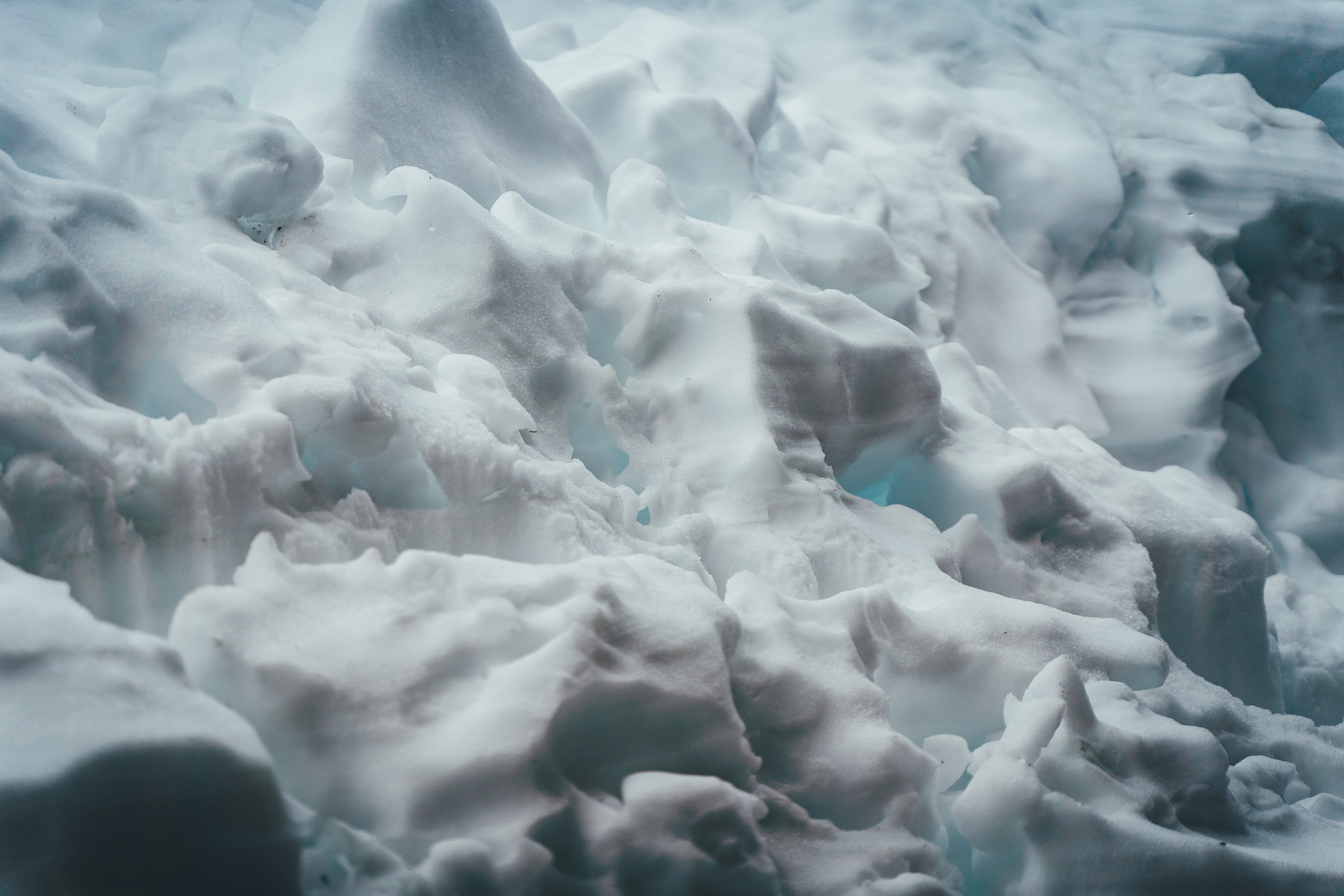A unique “icy seep” aquatic habitat in the high Teton Range: Potential refuge for biological assemblages imperiled by climate change
Abstract
Alpine streams are threatened as meltwater sources diminish. We established baseline monitoring efforts of alpine streams in the Teton Range during 2015 by describing biotic and abiotic conditions of surface glacier and snowmelt streams. Our results indicated a third alpine stream type, icy seeps. Icy seeps are fed by subterranean ice melt, extremely cold but stable water temperature (summer mean <2°C), moderately high streambed stability (Pfankuch Index ~18-25), and relatively high specific conductivity (>50 μS cm-1). In 2016, we documented several icy seeps in the Teton massif, and our data suggest that they have the potential to serve as climate refugia for organisms and processes associated with extremely cold meltwater, due to the subterranean ice sources being more insulated from atmospheric conditions than surface glaciers and snowpack. Our 2016 work focused on locating icy seeps and documenting physical conditions, invertebrates, diatoms, and microbes in these alpine streams. We are processing the biological data, but microbial assemblages in icy seeps are similar to those found in streams fed by dwindling surface glacier ice. We are preparing to submit a paper about the microbial patterns, including how they compare to alpine streams representing comparable hydrological sources in Glacier National Park.
Featured photo by Nicole Y-C on Unsplash. https://unsplash.com/photos/9XixVlnUCbk

